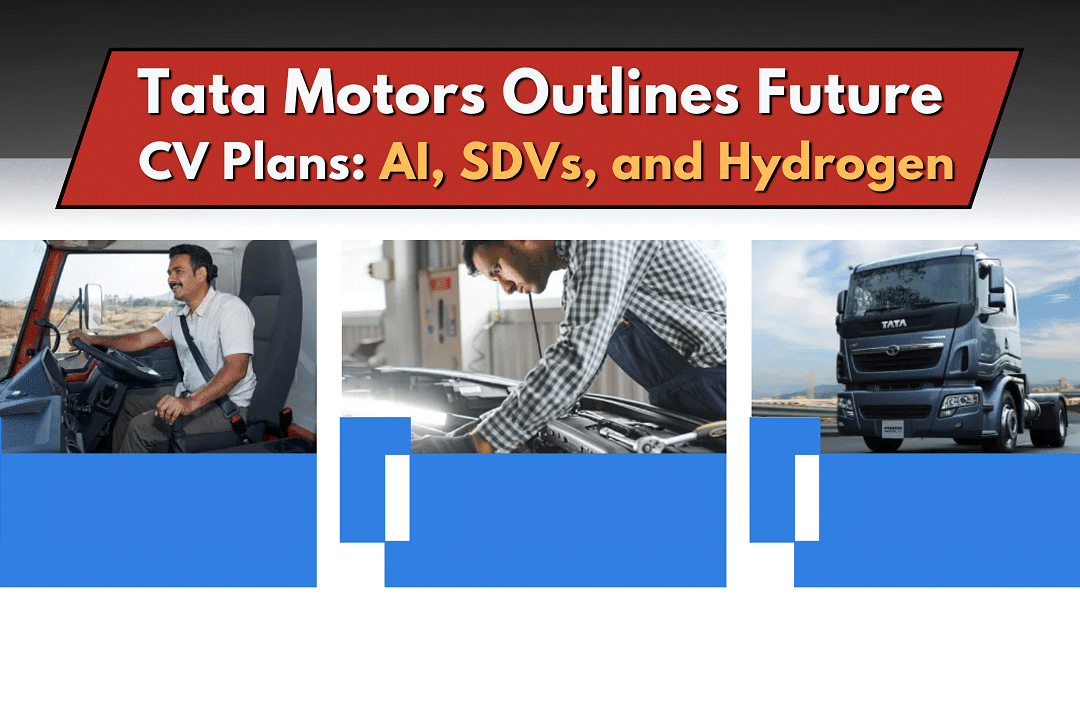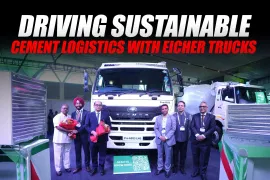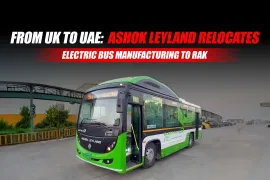Tata Motors, a titan in India’s commercial vehicle (CV) industry, is steering decisively toward a future shaped by intelligence, connectivity, and sustainable innovation. At the heart of this transformation lies a deliberate pivot toward Software-Defined Vehicles (SDVs), bolstered by the integration of Artificial Intelligence (AI) and a strategic multi-fuel approach that includes EV trucks, CNG trucks, LNG trucks, and now, hydrogen-powered vehicles.
Girish Wagh, Executive Director and Head of Commercial Vehicles at Tata Motors, emphasized the company’s ambitious roadmap in the company’s latest annual report.
“We are keenly exploring the opportunities in software-defined vehicles, including the enabling vehicle architecture and technology stack, to address India-specific market and customer requirements.”
This shift isn’t abstract. It’s grounded in systems already in place. The company’s strong digital base now powers new AI-led capabilities. These upgrades span both customer tools and internal processes.“The digital foundations laid over the past years are now enabling us to adopt AI-led transformations — both in customer-facing solutions and internal operations,” he said.
Tata Motors is currently testing a number of AI-based applications. They include predictive maintenance, fleet insights, CRM intelligence, and personalized sales journeys. Mr. Wagh stated: “These steps will help us offer differentiated value, sharpen our responsiveness, and elevate user experience.”
Tata Motors has also upgraded its Enterprise Digital program. Now, Industry 4.0 tools work across plants. Supply chains are digitized and sales are run through platforms like E Guru, making delivery smoother and systems leaner. “This has led to significant improvement in our delivery performance and overall efficiency,” Mr. Wagh noted.
Read More: Tata Motors claims Rs 527 crore as PLI incentive
Ashok Leyland Targets 25% LCV Share, Expands Beyond 2–4T Segment
Hydrogen Trucks and Multi-Fuel Mobility

The software side is only half the story. Tata Motors is also changing how its vehicles run. It’s using EV, CNG, LNG, and now hydrogen. What has been the most notable development this year? The first Hydrogen Internal Combustion Engine (H2ICE) truck in India — a big step forward.
“Innovation remains central to our purpose. This year, we proudly unveiled India’s first hydrogen-powered internal combustion engine (H2ICE) truck — a notable turning point in our alternate fuel roadmap, we continue to invest in clean mobility across EVs, CNG, LNG, and hydrogen, ensuring our customers have access to a range of sustainable choices,” Mr. Wagh added.
Tata’s Smart City Mobility fleet has over 3,600 electric buses. Together, they’ve driven 30 crore kilometers with 95% uptime. That’s reliable, clean transport on a large scale. Today, over 45% of Tata’s CV operations run on renewable power. Its Scope 3 emissions are 12% lower than last year. The company is moving firmly toward Net Zero and RE100. Mr. Wagh said, “With renewable electricity now powering over 45% of our CV operations and Scope 3 emissions down 12% year on year, we are well on track toward our Net Zero and RE100 goals.”
A Clearer, Smarter Road Ahead
The commercial vehicle market is changing fast. Smarter tech, stricter norms, and cleaner fuel demands are reshaping the game. Tata Motors is not just adapting — it’s leading. With software-defined systems, AI-powered tools, and clean fuel options like EV, CNG, LNG, and hydrogen trucks, Tata commercial vehicles are being rebuilt for what’s next.
- Stay updated with 91trucks for more articles and news.
- Subscribe to our YouTube channel.
- Follow us on Facebook, Instagram, and LinkedIn.
Web Stories
Latest Industry Insights News
Categories
91trucks is a rapidly growing digital platform that offers the latest updates and comprehensive information about the commercial vehicle industry.










